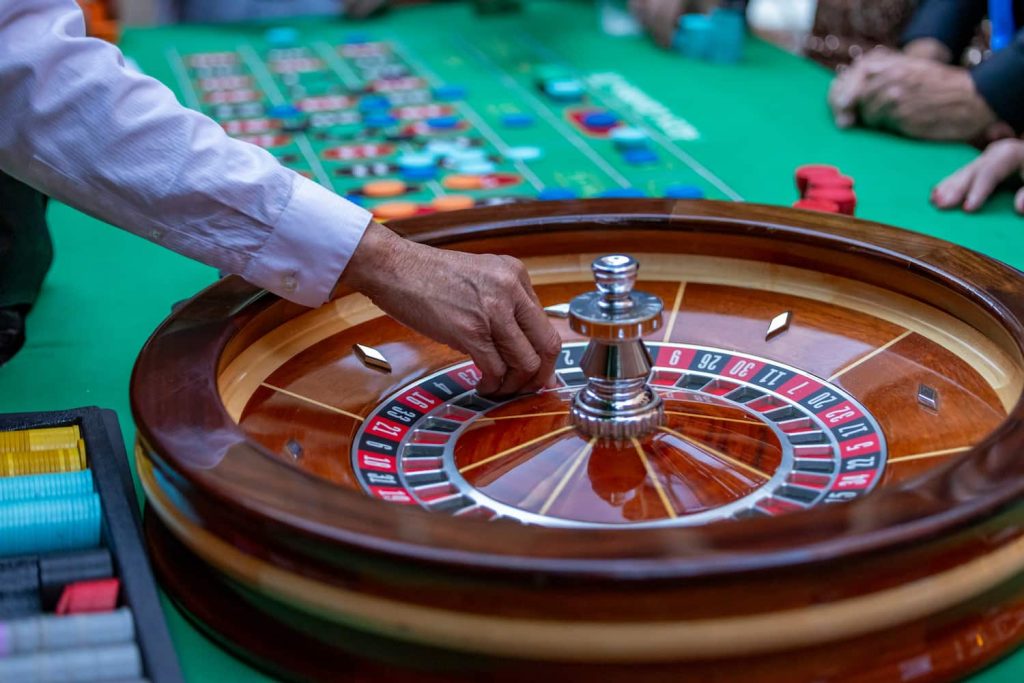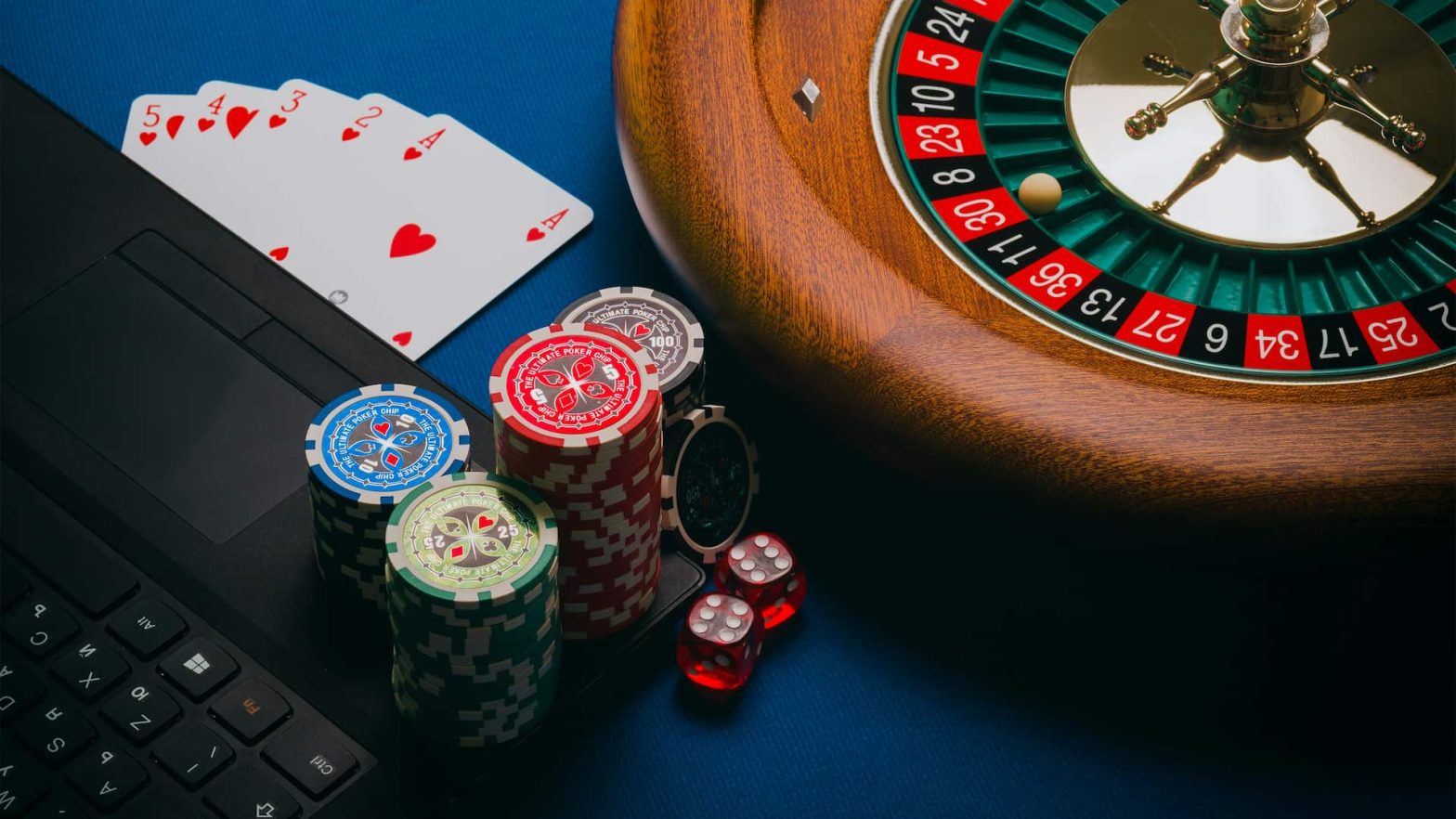Every roulette spin involves chance, but randomness cannot completely explain all outcomes. Roulette wheels naturally develop flaws over time that influence specific sections to win more often.
By being aware of these biases, you could improve your success rate. Here is a straightforward guide to spotting possible imperfections. Luckily, at HellSpin casino, the number one digital casino, such mistakes are impossible due to the innovative technology employed.
What Is a Roulette Wheel Bias?
A bias occurs in roulette wheels when mechanical failures, manufacturing errors, or defective maintenance lead to particular sections being favored. If it has an imperfect level position, then the ball tends to drop into selected areas more frequently. Instances of this become more frequent when a pocket has even deeper dimensions. As time passes, these tiny imperfections form patterns that enable better prediction.
How to Spot a Biased Wheel

1. Observe the Wheel Closely
Start by watching the wheel in action. Pay attention to where the ball lands over multiple spins. A bias exists when specific numbers or sections appear more frequently. You should monitor the situation for a longer period, as randomness sometimes produces patterns, too.
2. Track the Results
To identify a bias, you’ll need data. Write down the results of each spin, noting the number and its position on the wheel. After 100 or more spins, look for trends. Are certain numbers appearing more frequently? Are there clusters of numbers that seem to hit more often? This data can help you spot potential biases.
3. Check for Physical Imperfections
Sometimes, biases are caused by visible issues with the wheel. You should check scratches, dents, and obvious unevenness between pockets. To verify the accuracy of a wheel, it should be at an even level. A tilted position will make the ball roll toward one side rather than the other. Online casinos typically have clearer views that help players assess potential biases, but this might be harder in a physical hall.
4. Test the Wheel’s Balance
If you suspect a bias, try testing the wheel’s balance. In a physical casino, this might not be possible, but in a casual setting, you can gently spin the wheel and see if it wobbles or tilts. An unbalanced wheel is more likely to produce biased results.
Why Biases Happen
The components of roulette wheels are susceptible to performance disturbances from imperfections. Wheels naturally deteriorate with time, especially with repeated use. This wear and tear causes uneven pockets, a spindle inclination, and misshapen balls. External elements like temperature and humidity can also modify this performance.
Casinos do frequent wheel maintenance to prevent such occurrences. Yet, no system is completely faultless, as flaws can occur even with preventive measures in place. Observation and pattern detection are necessary due to this.
If you’re new to it, don’t worry too much about imperfections at first. Focus on learning the basics, such as the different types of bets and their odds. Once you’re comfortable, you can start observing the spins and looking for patterns.
